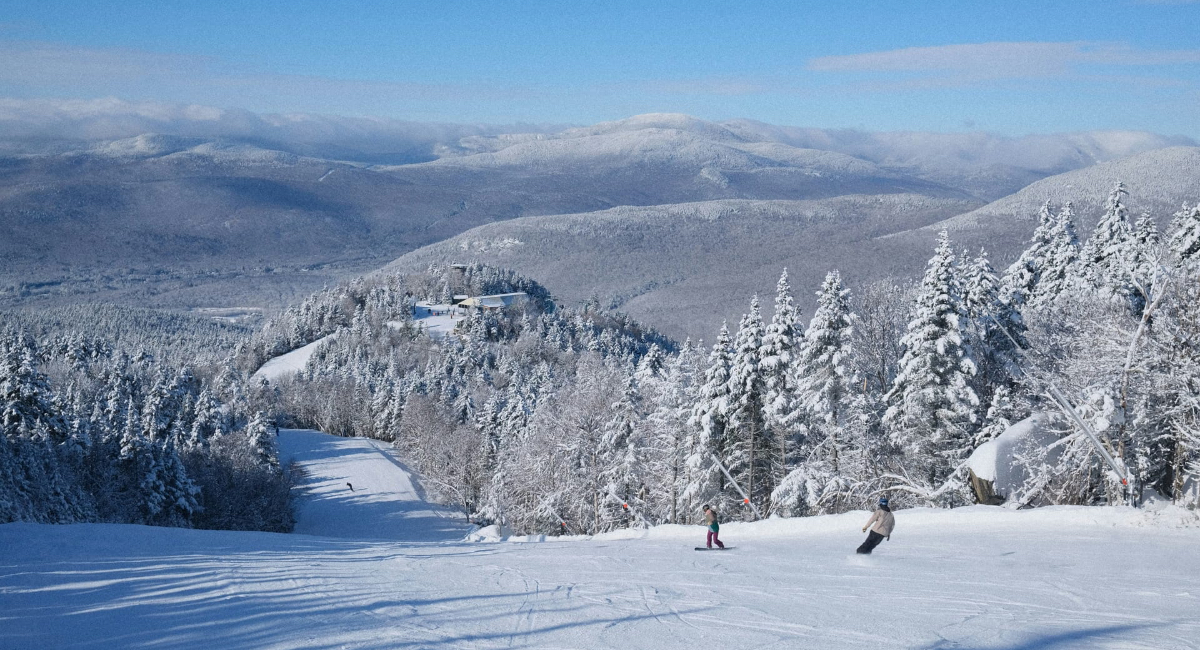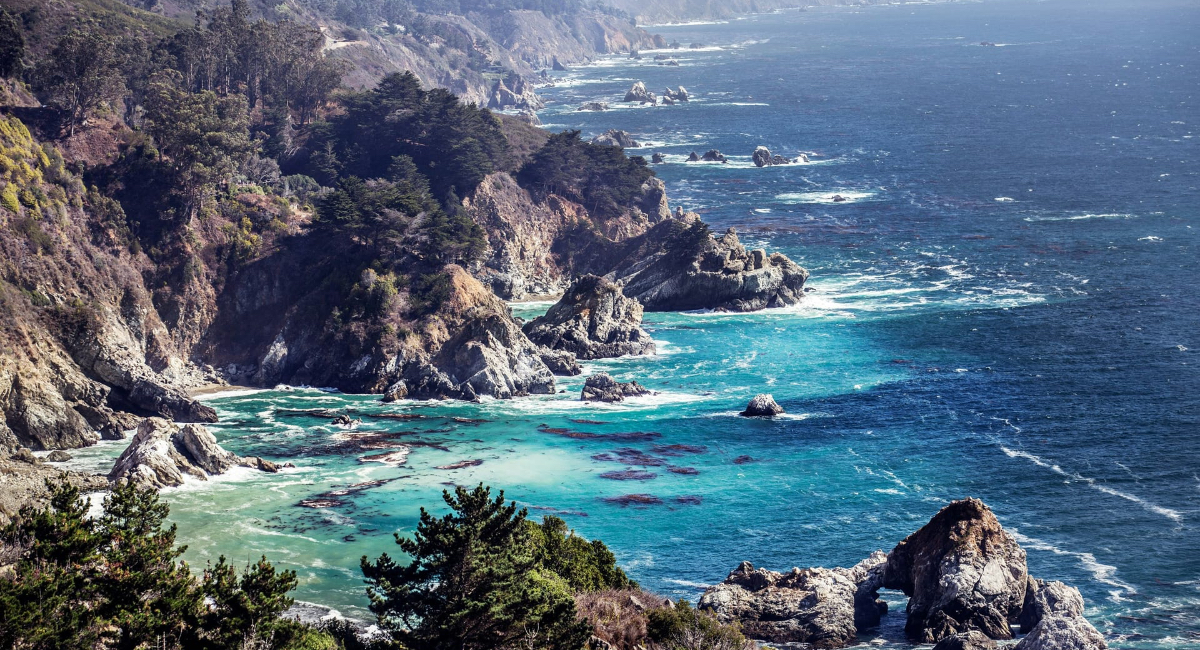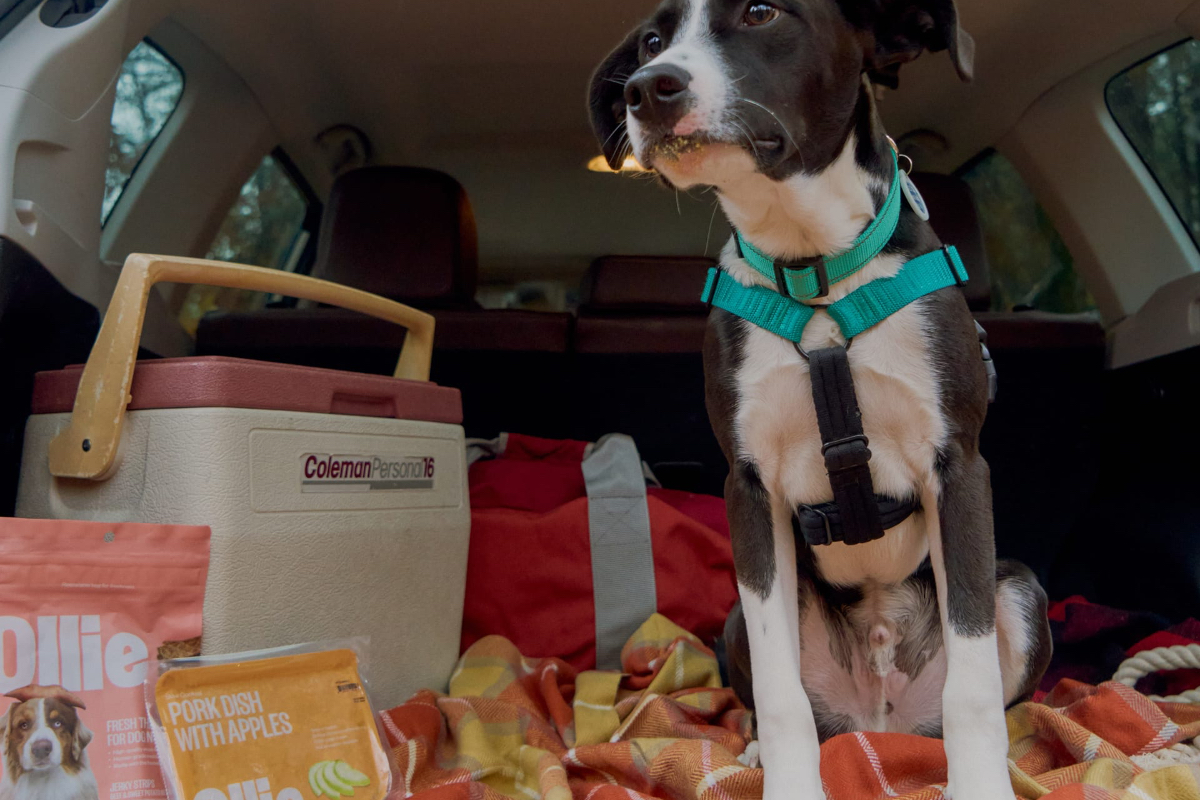Camping in an RV can be as relaxing or adventurous as you want it to be, allowing you to set your own schedule and agenda. That said, when you’re at the campsite, being mindful of those around you will go a long way towards making new friends and leaving a good impression. You can do that by being mindful of proper campground etiquette and adhering to some common protocols, most of which are also just plain common sense, but some are a bit more obscure. To help you navigate these pitfalls, we’ve compiled a list of ten unwritten rules of the RV campground to keep in mind while you’re traveling.
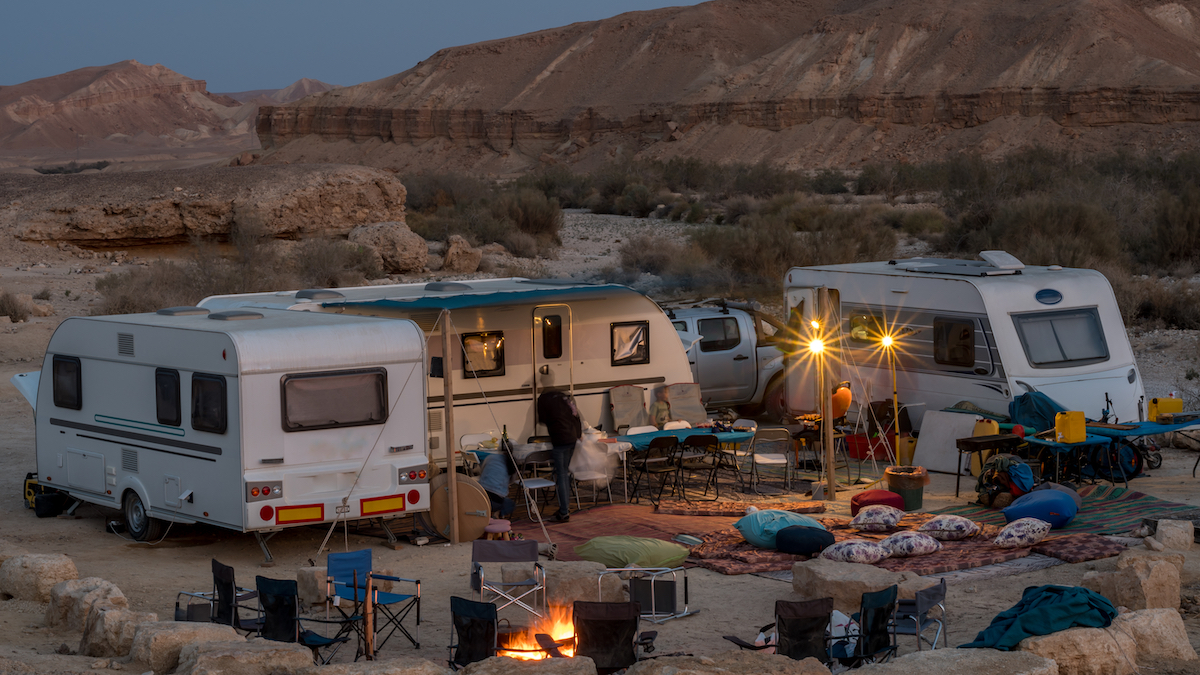
Image Courtesy of Oren Ravid/Shutterstock
Arrive and Depart at Reasonable Hours
While we don’t always have full control over when we come and go from the campground, setting reasonable arrival and departure hours is a good way to show respect for others. As a rule of thumb, it’s always a good idea to get to your destination before 3:00 PM, as this gives you plenty of time to set up camp before dark. Obviously, the long days of summer provide extra leeway in this area, but arriving early allows you to get settled and enjoy some downtime after a long day on the road. It also ensures you won’t disrupt the neighbors when they’re preparing dinner, enjoying some outdoor time before bed, or settling in for some sleep.
Similarly, your departure time shouldn’t be disruptive to others either. While many of us like to hit the road early in the morning, firing up a big diesel engine while the rest of the RV park is asleep is usually seen as a bit of a faux pas. Have a little patience in the morning, wait until after sunrise, and then start your drive to your next destination.
It should also be noted that some campgrounds have set hours for arrivals and departures. When making a reservation, be sure to ask if there are any rules regarding when you can come and go. This will help avoid any potential issues with your travel schedule.
Respect Quiet Hours
Most campgrounds enforce quiet hours during which time RVers are asked to keep noise levels to a minimum. That can include turning down loud music, refraining from boisterous conversations while outdoors, and not running a generator or other noisy equipment.
The exact time frame for those quiet hours will vary from location to location, as will how heavily they are enforced. Some RV parks are more tolerant of a little noise than others, but noise complaints will usually result in a warning. Repeated offenders may be asked to leave. Just keep in mind that some RVers are more likely to go to bed earlier than others, and families with small children often have an early bedtime, too.
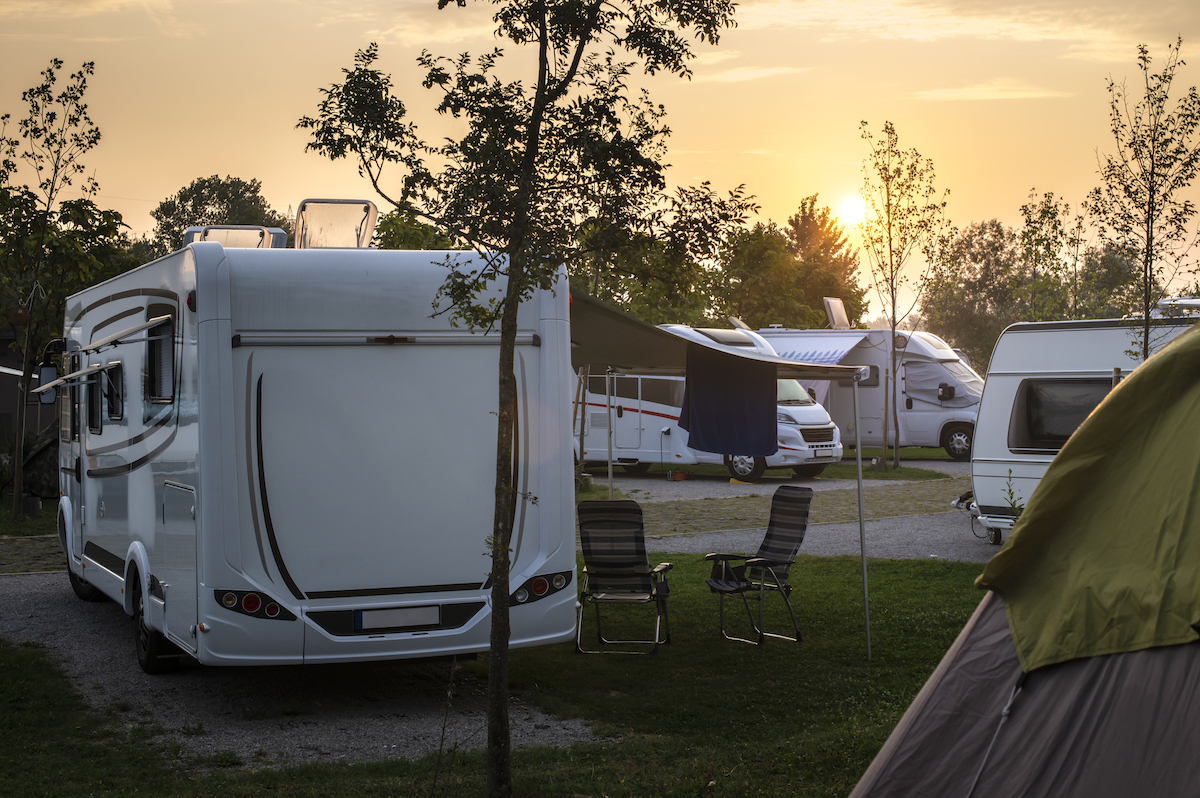
Image Courtesy of deyangeorgiev/Getty
Keep Your Campsite Clean and Clutter Free
Setting up the space outside your RV is always a fun way to personalize your experience at the campsite. But there is a fine line between creating the perfect outdoor environment and having too much clutter. Keep things neat and orderly, and don’t overdo it on the decorations and furnishings. Of course, you are allowed to be creative and enjoy your space, just try not to make the area too distracting for the neighbors. And keep everything contained in your area.
Similarly, it is a good idea to keep your campsite neat and clean, too. Pick up any trash, don’t leave cans or bottles sitting around, and dispose of food in a timely fashion. This will prevent unwanted smells and will keep hungry wildlife from wandering into the vicinity.
Don’t Wander Through Other Campsites
Unless you know the other campers well or have been given permission, avoid crossing through other campsites. Instead, stay on designed roads and paths when wandering to and from public areas. In other words, respect the privacy of others by staying out of their space unless you’ve been given permission to enter.
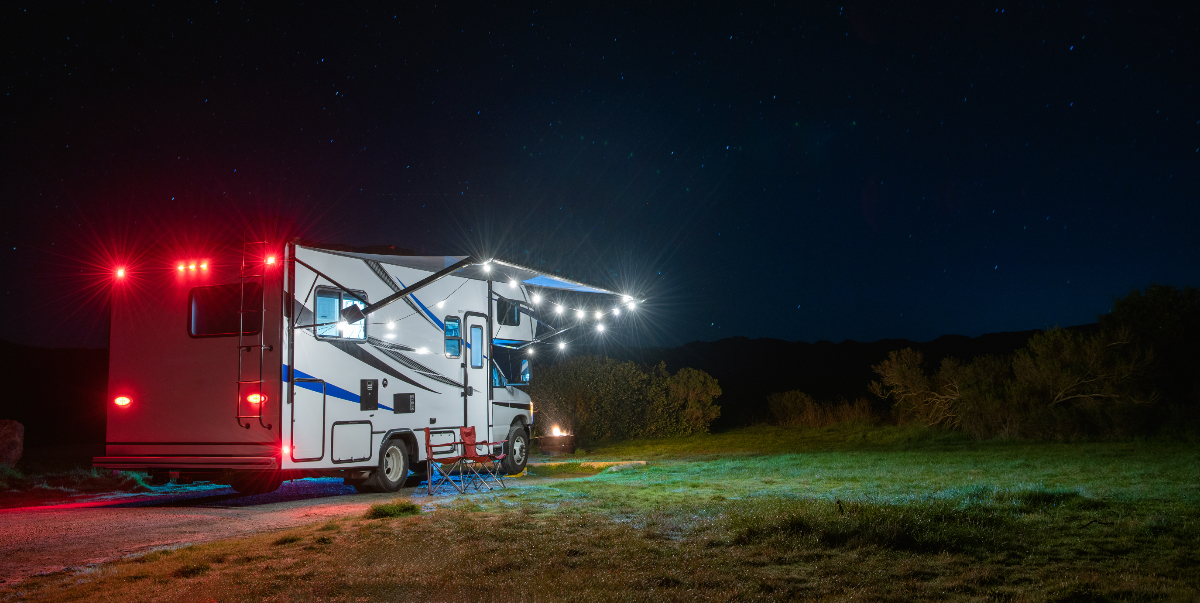
Photo Credit: welcomia/Getty
Be Mindful of Your Outdoor Lights
Outdoor lighting is a great way to set the mood at the campsite, but bright lights—or an overabundance of lighting—can be distracting for others. Make sure that spotlights aren’t shining directly into someone else’s campsite or RV and turn off any unnecessary lighting when calling it a night. Some illumination around the campsite is a good thing, but too much can be annoying or prevent others from being able to get a good night’s sleep.
Make Sure RV Hookups are Secure
When connecting your RV to the campsite hookups, be sure that everything is connected properly and fully locked into place. This is especially true if you’re connecting a sewer hose, as any mishap with that connection could ruin your entire camping trip, not to mention negatively impacting others nearby. Also, keep your hoses and cables neatly organized and out of the way to further avoid any unexpected issues.
It should go without saying, but you should never plug your RV into the power, water, or sewer connections of an adjacent campsite. If there is an issue with your hookups, immediately alert the campground staff. Oh, and while you’re at it, don’t unplug any of your neighbors’ cables or hoses either.
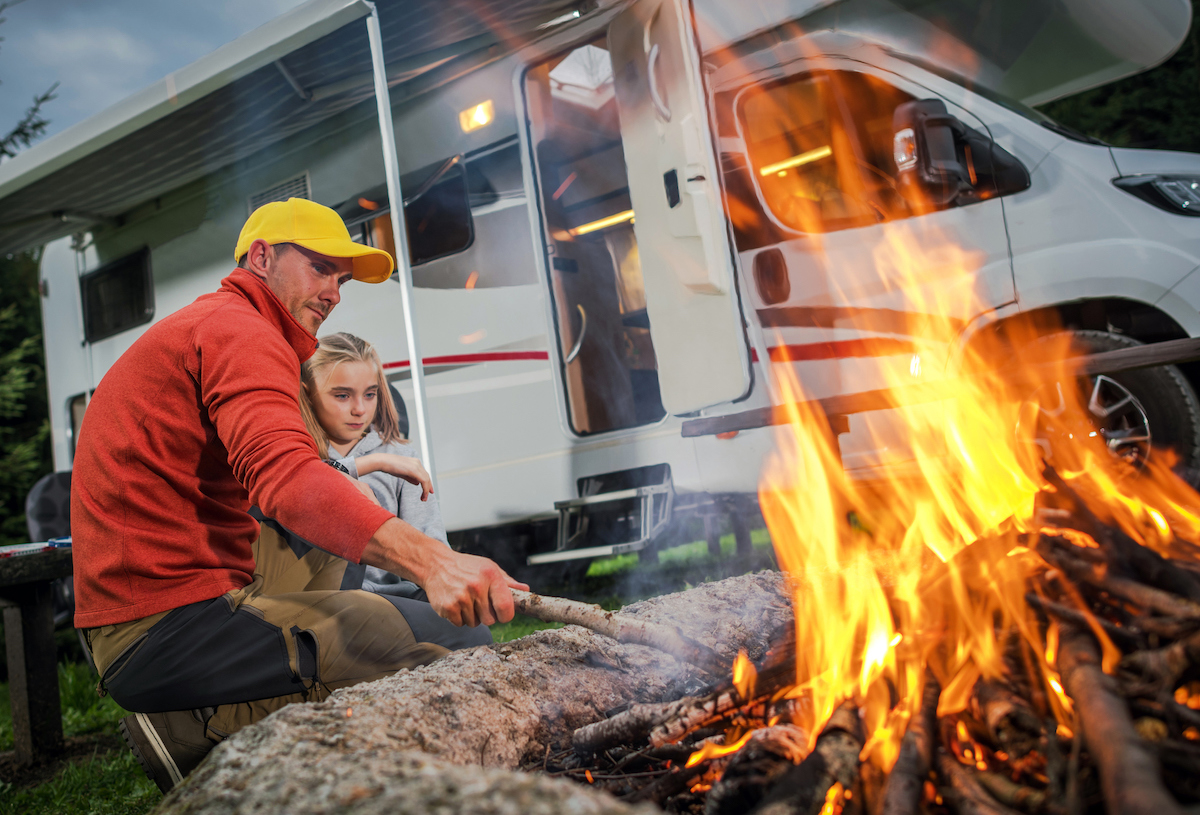
Image Courtesy of welcomia/Getty
Always Be Extra Safe with Fires
When arriving at the RV park or campground, be sure to check the current fire safety guidelines for the area. If the location is especially dry, a campfire might be prohibited altogether. And even if a fire is permitted, it will likely need to be contained to a designated fire ring or fire pit. Of course, always make sure a fire is kept to a manageable size and is fully extinguished before leaving the campsite or going to bed for the night.
Don’t Go Knocking on Doors
It is good campsite etiquette to avoid knocking on the door of anyone’s RV, unless they are friends and family who are expecting you. Many RVers use camping as an escape, and see it as a chance to get away from daily life and maybe find some quiet solitude. An unexpected knock at the door is often an unwanted incursion that interferes with their time resting and relaxing. For some, it is an invasion of privacy.
Now, that said, RVing is an inherently communal experience, with many people sharing similar experiences and outlooks on life. Most people around the campground are usually open to getting to know one another, especially their nearby neighbors. Saying hello, introducing yourself, and striking up a conversation can be a great way to connect with others. And who knows, you may end up making a friend. If you reach that level of familiarity, knocking on the door of the RV may not be out of bounds.
Also, it is obviously okay to knock on the door in times of an emergency or if special circumstances warrant it. Just use your best judgment and exercise some discretion.
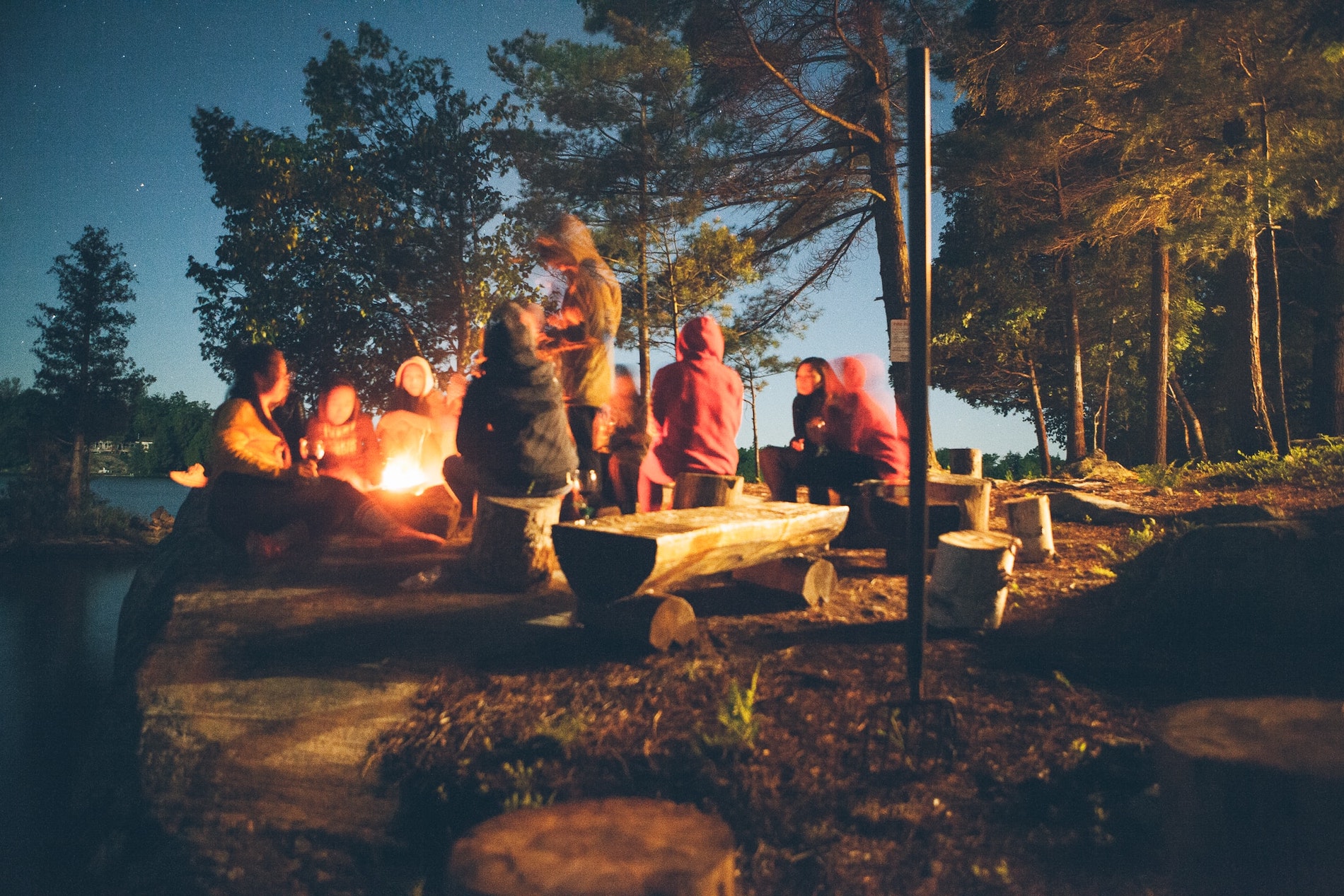
Image by Tegan Mierle from Unsplash
Be a Responsible Parent
If you’re an RVing family with small children, be sure they understand and respect the campground rules, too. They should avoid cutting through other campsites and observe quiet hours, while also trying not to be disruptive throughout the day. Parents should know where their kids are at all times and provide supervision, even when they’re in the designated kid areas at the RV park. Those areas are a great place to connect with other RVing parents, which can lead to fun play dates and opportunities for families to connect away from their vehicles.
Be a Responsible Pet Parent, Too!
Pets are welcome at most campgrounds, with many even offering onsite dog parks to help them have some fun and burn off some energy. But dogs should remain on leash in all other communal areas and even at your campsite. This is a precautionary measure to keep the pup safe, as well as any other people who happen to wander by.
As any dog owner knows, our canine friends like to bark from time to time. While most RVers will be understanding of a pup communicating in that way, it can be frustrating if it continues for too long. Doubly so if it is happening during quiet hours when everyone is trying to get some sleep. Out of respect for the other nearby campers, try to keep your dog from making too much noise.
Those are our ten unwritten rules of the RV campsite that everyone should know. Most of them are fairly common sense, but a reminder every now and then is good, too. Now, go out to your favorite campsite and enjoy meeting new people and making new friends.
The post 10 Unwritten Rules of the RV Campground appeared first on RV.com.
